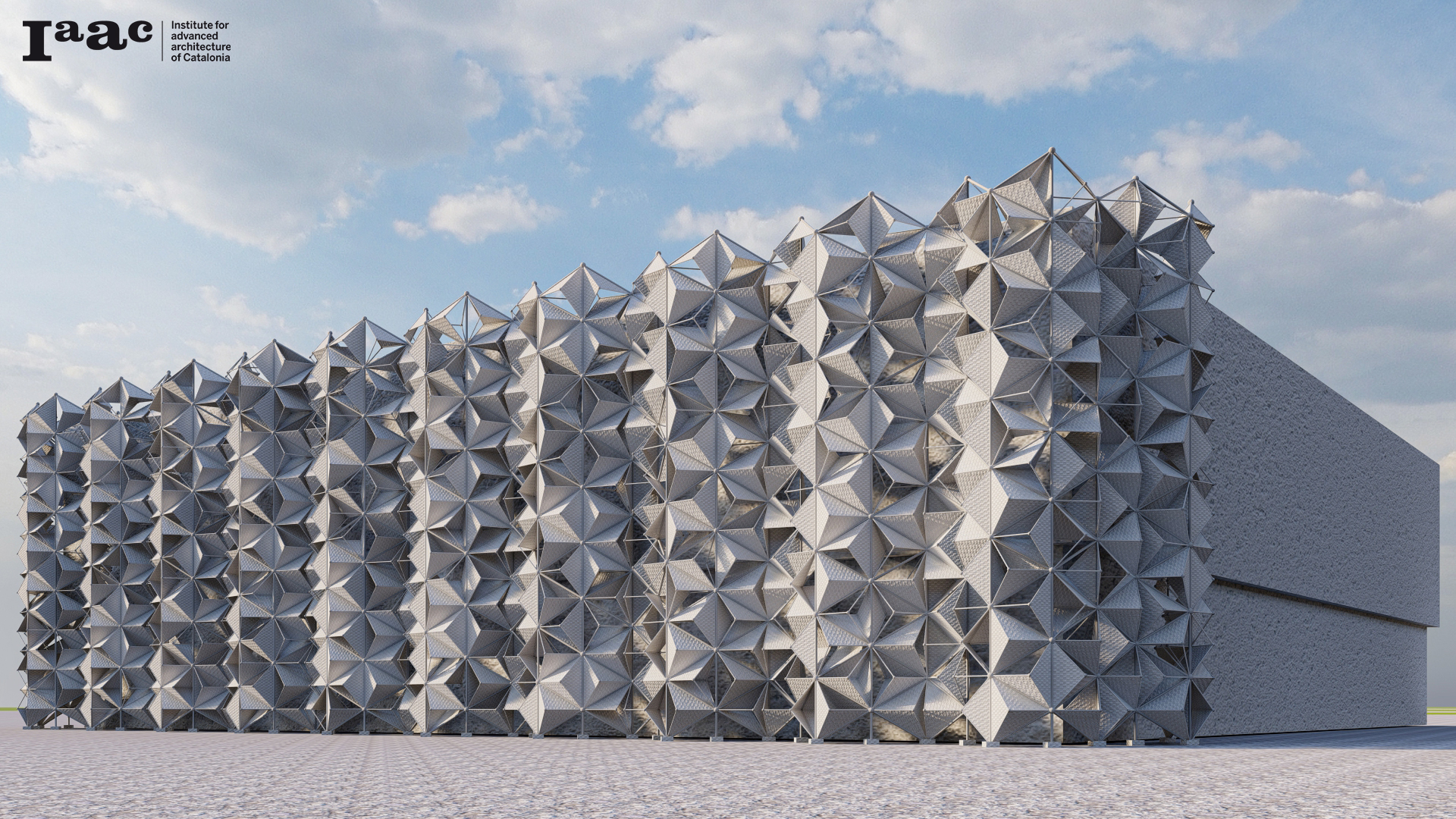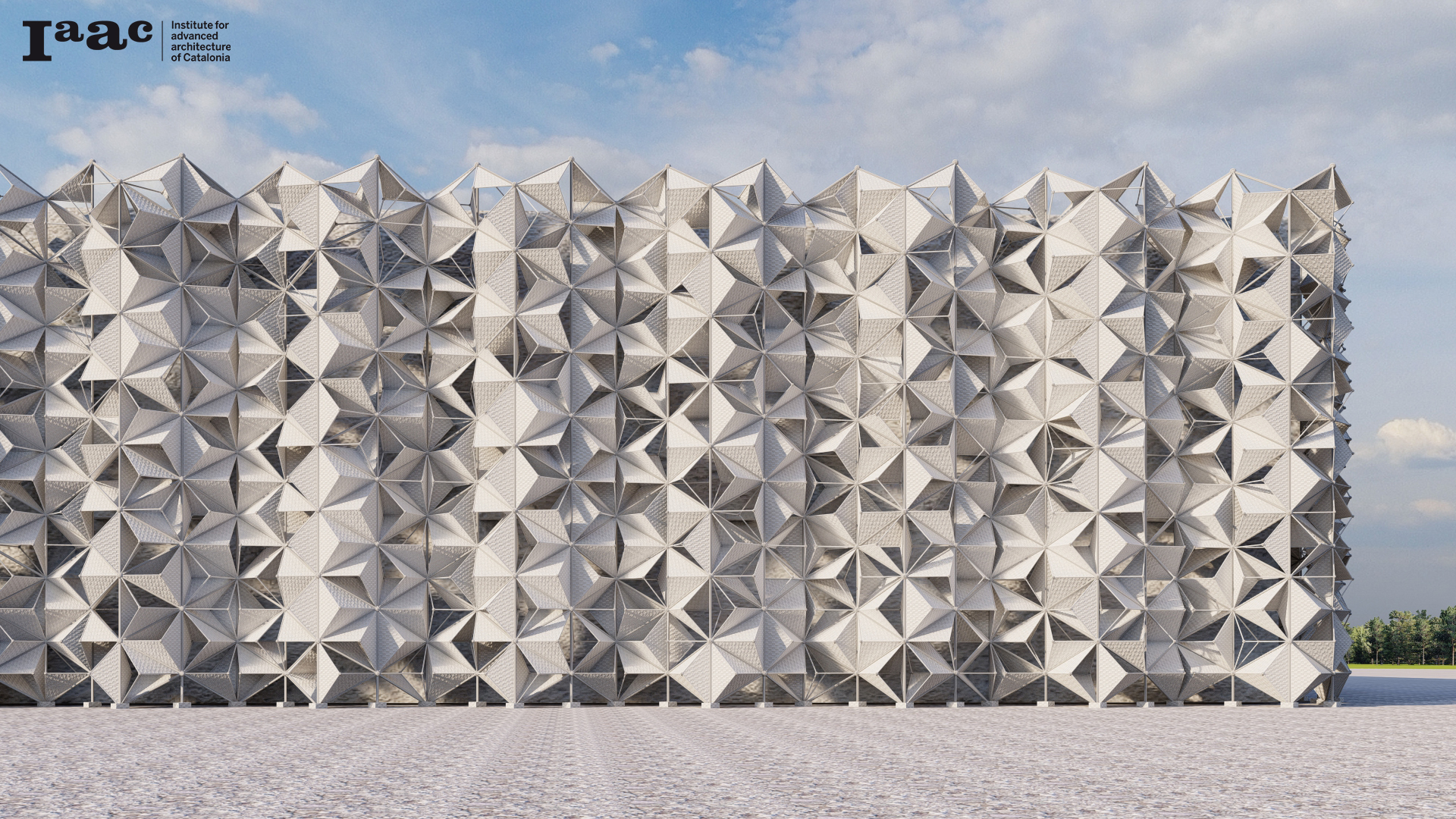(???? – means ‘Computing’), being centered around the theme of connection, the Japan Pavilion in Expo 2020 held in the United Arab Emirates, unfolds a geometrical 3D lattice inspired by the commonalities of traditional Japanese and Arabic patterns. Designed by Yuko Nagayama and Associates, the tridimensional façade combines Arabesque and Asanoha patterns while also referencing the traditional Japanese art of Origami.
The project aims to pseudo code the design & unfold the fundamental framework to develop computational aptitude, as an exploration using grasshopper, understanding the patterns & modules.
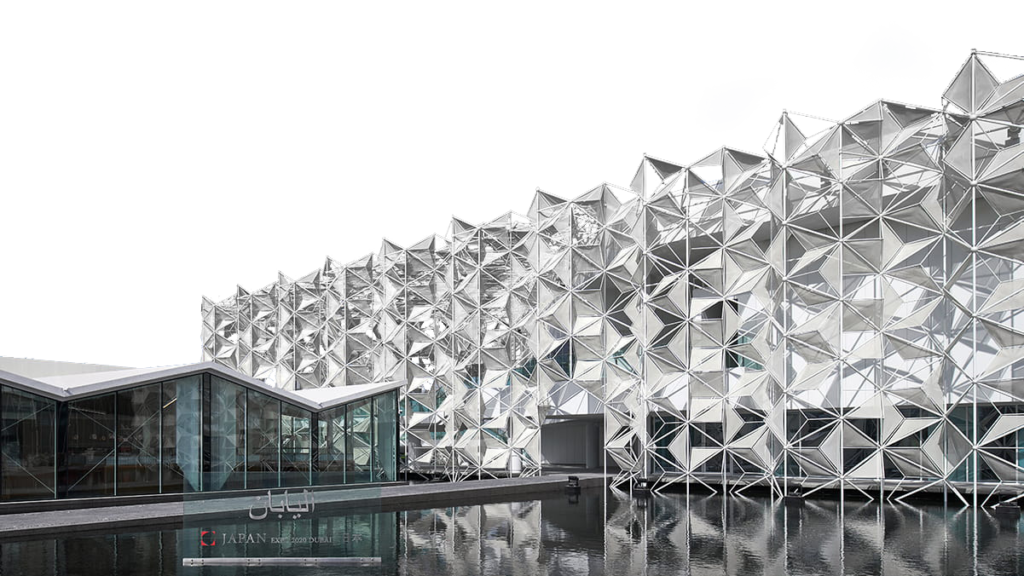
INFERENTIAL ANALYSIS
Understanding the Envelope of the Pavilion along with the construction & fabrication logics, becomes crucial in defining the pathway and the approach to develop the computational modelling. Here we try to understand the design language and constraints which lay the foundation for qualitative and informed design process.
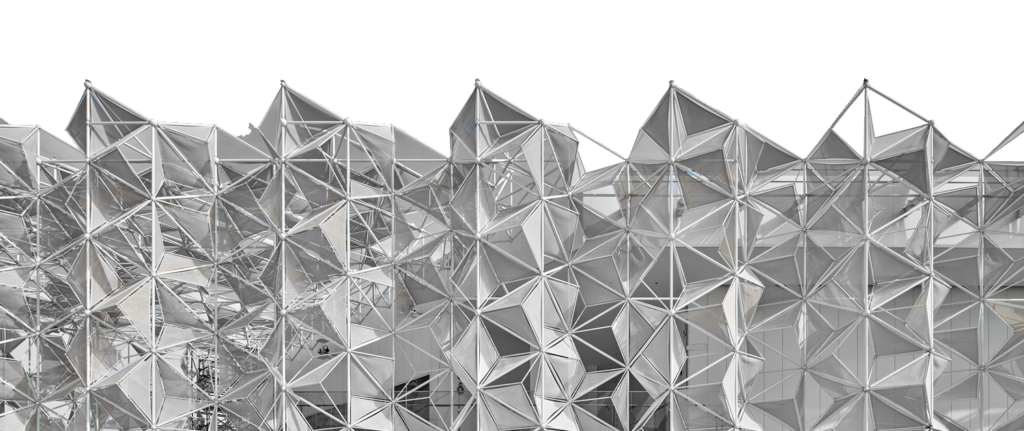
DESIGN ELEMENTS
Design Elements are the Lego blocks for the final coagulation of the built form, which is integrated using the technicalities & geometry of these elements, we can understand this through architectural drawings, scaled models, assessment reports, data, parameters etc.
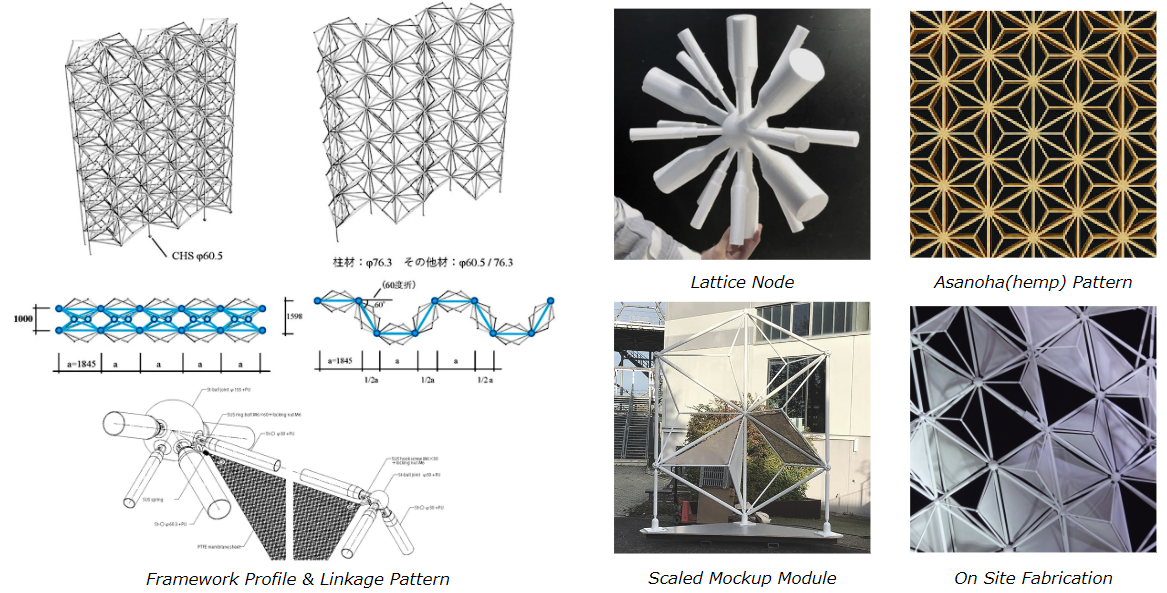
- Framework of the Lattice
- Pattern Language
- Scale Models
- On Site Fabrication
The Pseudo Code
The project approach defines the model into four phases, defining the growth & progress of the pavilion from the first to the final phase.
PHASE – I : PAVILION PLAN PROFILE


PHASE – II : FACADE SKIN DEVELOPMENT
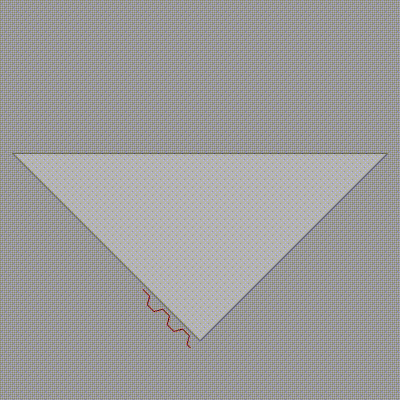

PHASE – III : MODULE DEVELOPMENT

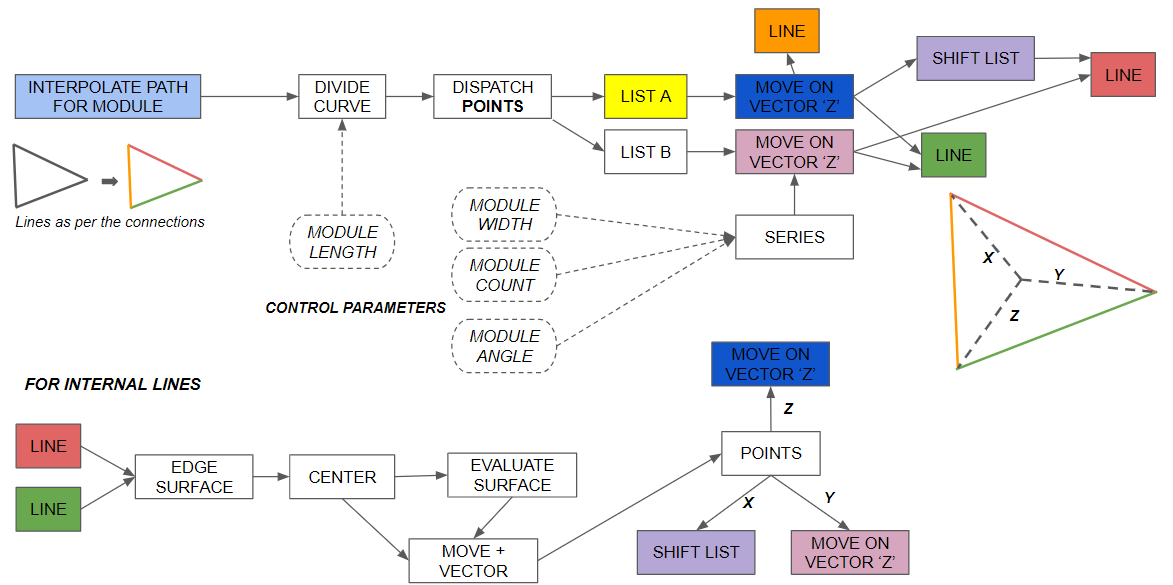

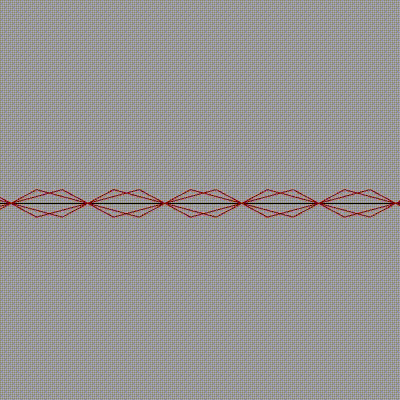
PHASE – IV : PIPING DEFINITIONS AND PANELING
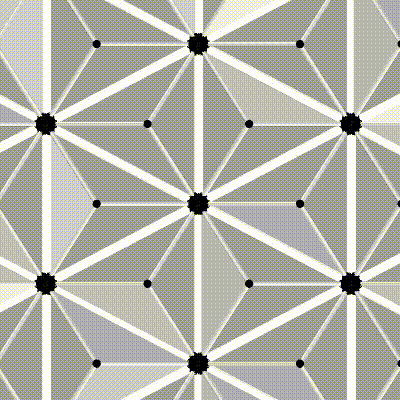
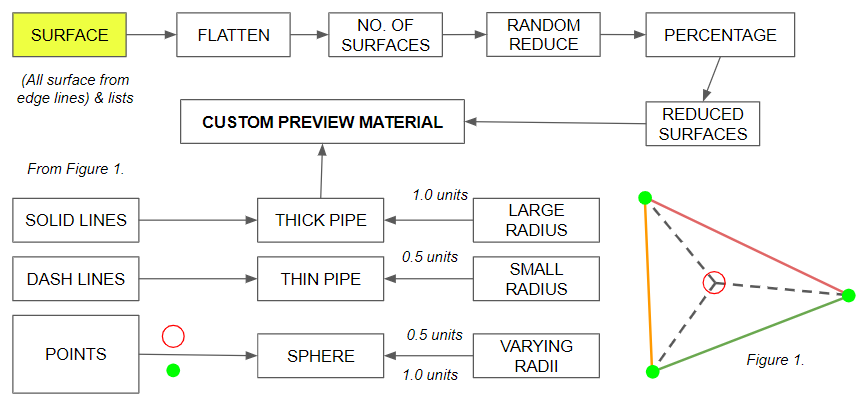
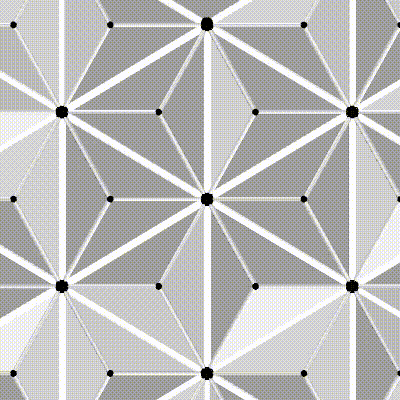
DESIGN EXPRESSION

GRASSHOPPER SCRIPT CONTROL PARAMETERS
